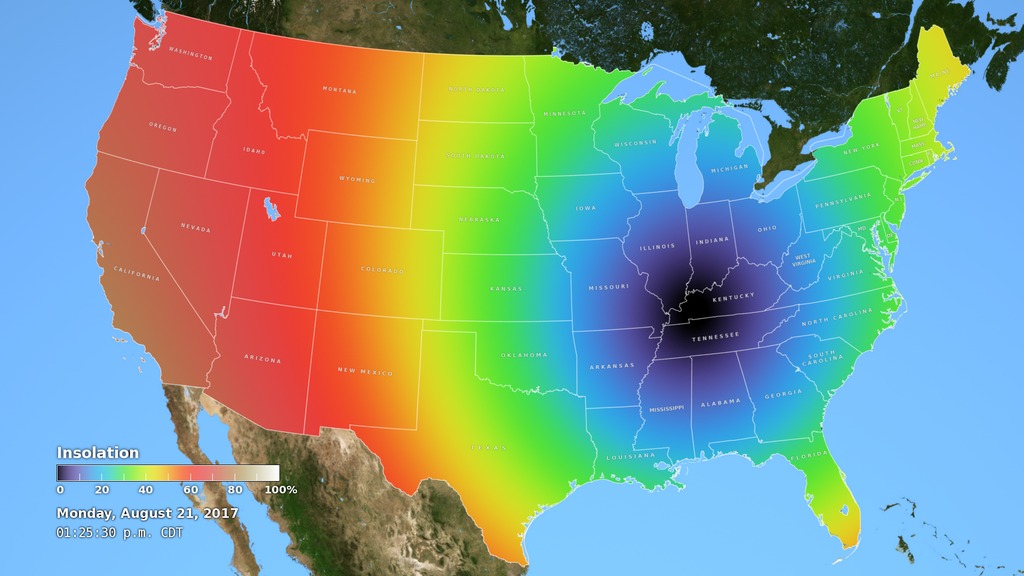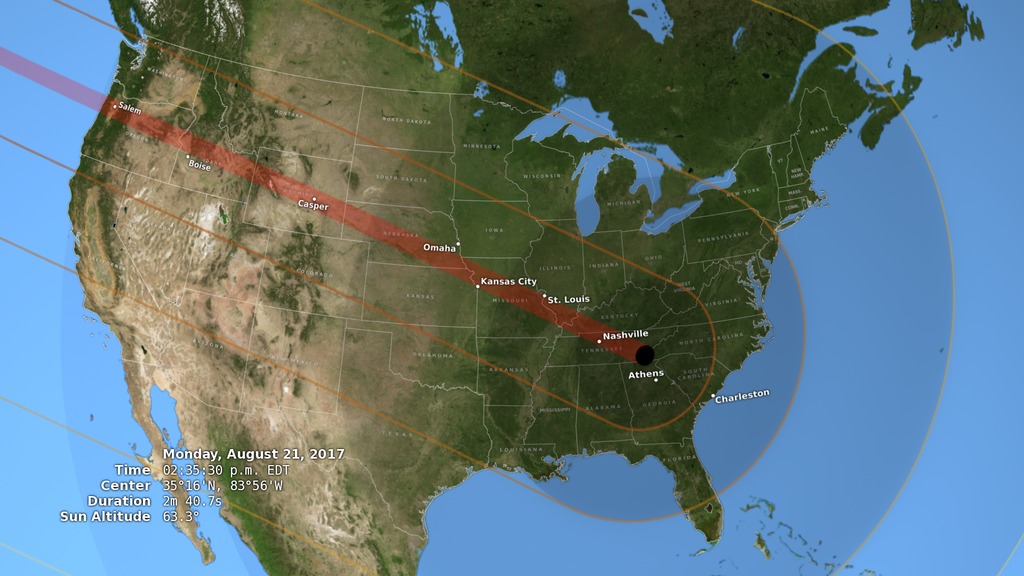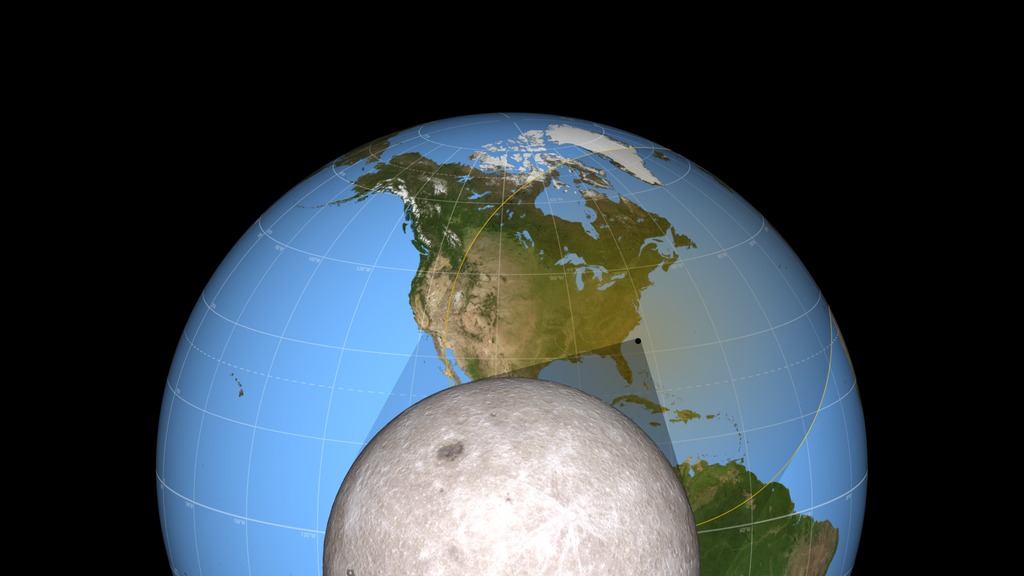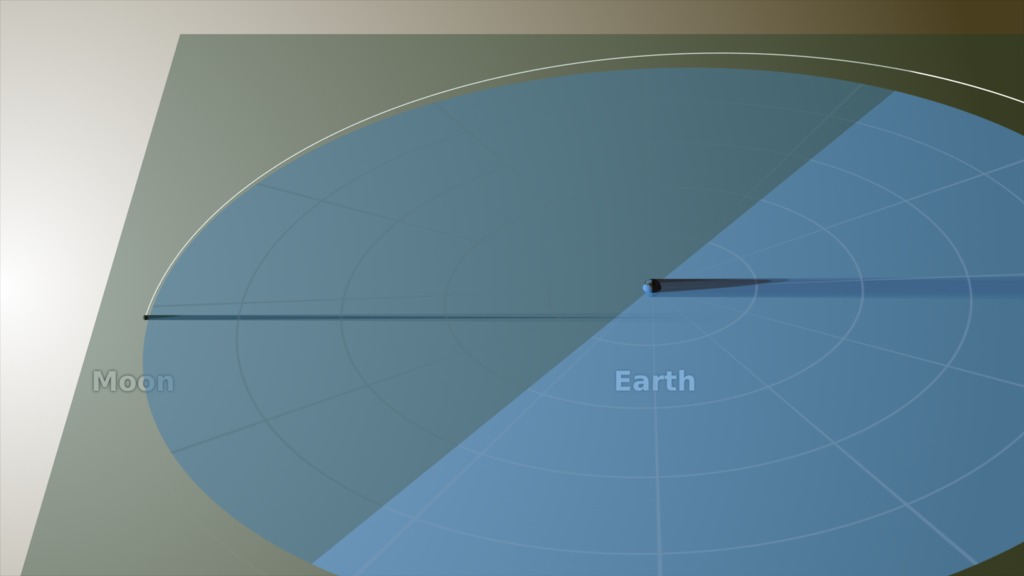What determines when we have an eclipse?
Music: Witch Waltz by Dorian Kelly
Complete transcript available.
Watch this video on the NASA Goddard YouTube channel.
Why are eclipses rare? The moon's orbit is tilted. Sometimes the moon's shadow is too high above the Earth. Sometimes it is too low. Other times, it is just right.
Animation without text
Credits
Please give credit for this item to:
NASA's Goddard Space Flight Center
-
Animator
- Lisa Poje (USRA)
-
Producer
- Genna Duberstein (USRA)
-
Editor
- Genna Duberstein (USRA)
Series
This page can be found in the following series:Release date
This page was originally published on Wednesday, June 14, 2017.
This page was last updated on Thursday, October 10, 2024 at 12:17 AM EDT.
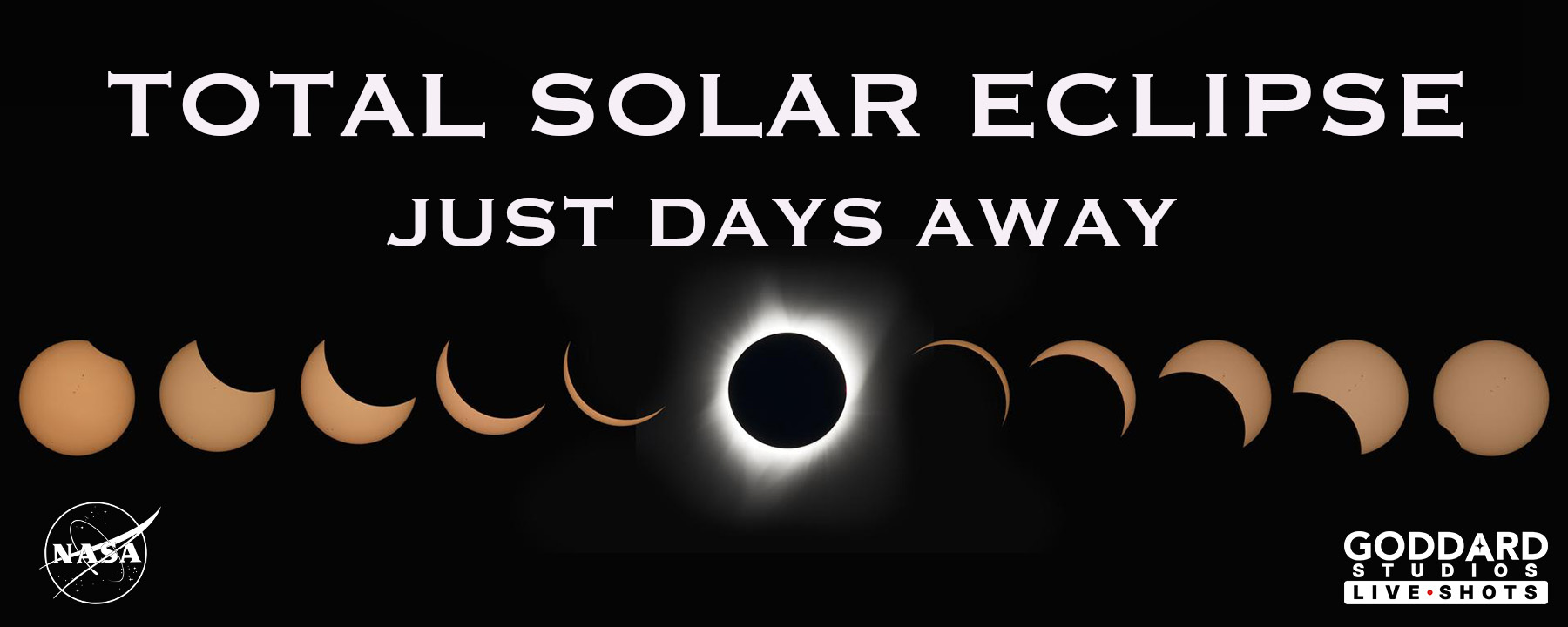

![Mira este video en el canal de YouTube en español de la NASA.Créditos de Música: “Perfect Horizon” por Sam Joseph Delves [PRS] de Universal Production Music](/vis/a010000/a013600/a013668/EclipseSafetyVideo_Spanish.00140_print.jpg)
